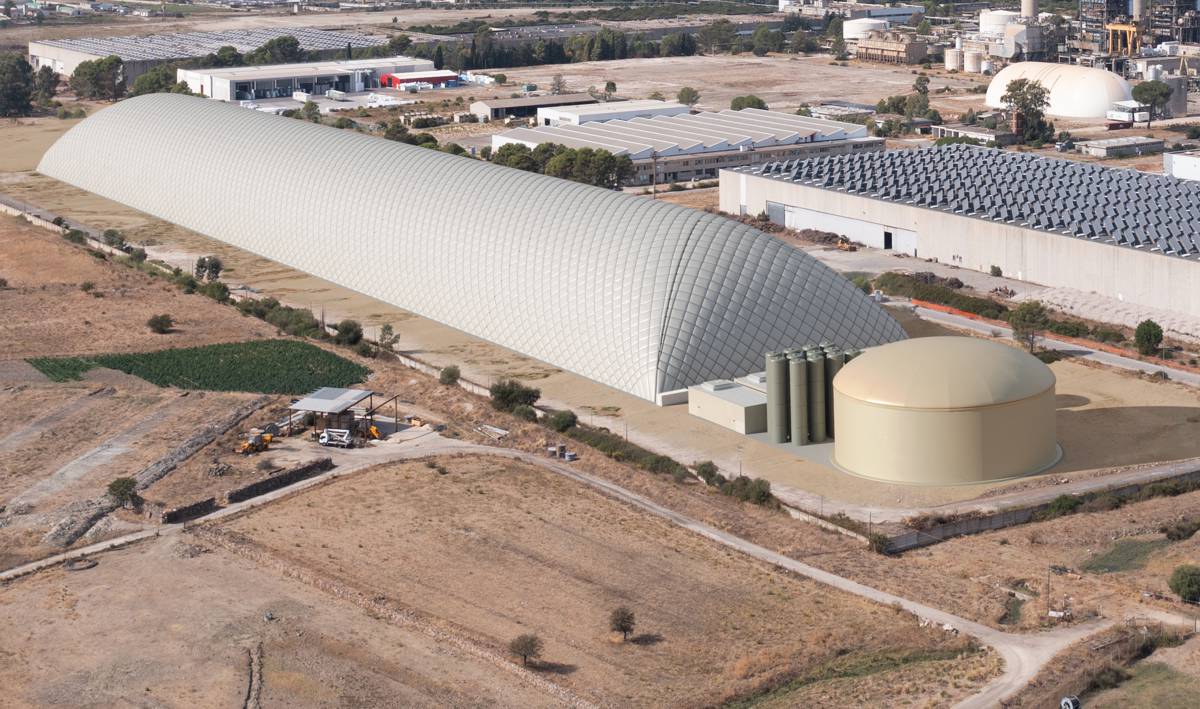INRIX reveals the UK roads best suited for autonomous trucks
INRIX, the global leader in connected vehicle services and transportation analytics, has identified corridors in the UK best suited for autonomous truck trials and deployment. The INRIX Automated Freight Corridor Assessment report, which also analyses Germany and the United States, concludes that a commercially viable road network, ongoing labour shortages and uncertainty surrounding Brexit, mean the UK is well-positioned to develop and benefit from Highly Automated Vehicles (HAV).
According to INRIX data and analysis, the most suitable corridors for autonomous freighting in the UK are:
| Rank | Corridor | Route |
| 1 | A1 | Sheffield-Edinburgh |
| 2 | M5 | A38 | Plymouth-Birmingham |
| 3 | M4 | Swindon-Swansea |
| 4 | M25 | London Orbital |
| 5 | M6 | Birmingham-Manchester |
Table 1: Top five overall most suitable corridors for autonomous freighting in the UK
The UK freight sector is an increasingly important part of the UK economy with the economic value of the industry growing 4% from 2015 to 2016, according to the Department for Transport. But the country faces a critical shortage of qualified Heavy Goods Vehicle (HGV) lorry operators. As of Q2 2017, there is a shortage of 52,000 drivers, with EU nationals providing significant relief from a declining domestic labour pool (14% of drivers are EU nationals in Q2 of 2017 compared to 10% in Q2 of 2016).
With the uncertainty of the UK’s relationship with the EU and Freedom of Movement, HAV adoption would be hedging against a potential labour shock. While automotive freight will need a HGV qualified operative behind the wheel in the short- to medium-term, successful deployment will eventually free drivers from long haul journeys across the UK’s least safe roads. This will likely see a shift to shorter routes in urban environments, fulfilling the “last-mile” of the supply chain.
Avery Ash, autonomous vehicle market strategist at INRIX, comments: “Automated lorries are posed to transform freighting in the UK. Rising labour pressures, future emission regulations, and regulatory reform, make a powerful economic rationale for deployment in the near term. However, there is uncertainty where deployment is best-suited initial success. Without smart planning, HAVs could clog roads, increase pollution and even result in safety issues. Fortunately, our data analysis shows that there are a range of roads in the UK that are both suitable and commercially viable for trial and initial deployment of autonomous freight vehicles.”
To determine the best corridors for autonomous truck deployment, INRIX Research used three key variables: freight volume (via INRIX Trips), congestion levels (via INRIX Roadway Analytics) and incidents rates (via INRIX Incidents).
Top 10 Corridors for Commercial Returns
INRIX Research analysed and ranked corridors measuring more than 100-miles with high freight volume and low congestion characteristics. The premise being that ‘commercial’ benefits of current HAV technology are best suited for trips of longer duration and those without challenging traffic conditions (speed changes, congestion, incidents).
The most viable stretches of motorway occur between major economic hubs at long distances. The most feasible route being the M6 from approximately Manchester to Glasgow, stretching nearly 215 miles (345 km). This corridor performed demonstrably better in our analysis due to very low congestion, being the second most trafficked freight corridor, and the third longest corridor in the study. The second most feasible corridor in our study was the A1 running nearly 245 miles (395 km) from Sheffield to Edinburgh. Distance and non-existent congestion are the primary drivers in its high score.
| Rank | Corridor | Route |
| 1 | M6 | M74 | Manchester-Glasgow |
| 2 | A1 | Sheffield-Edinburgh |
| 3 | M5 | A38 | Plymouth-Birmingham |
| 4 | A9 | Edinburgh-Inverness |
| 5 | M4 | Swindon-Swansea |
| 6 | M25 | London Orbital |
| 7 | A14 | Coventry-Ipswich |
| 8 | A90 | M90 | Edinburgh-Aberdeen |
| 9 | A40 | Oxford-Haverford West |
| 10 | A30 | Exeter-Penzance |
Table 2: Top ten most commercially viable corridors for autonomous freighting in the UK
Top 10 Corridors for Safety Improvements
To consider the public focus of prioritising ‘safety’ benefits, INRIX Research identified corridors with high incidence rates where HAV technology could have the most impact.
The M25 circling London recorded significantly higher levels of dangerous slowdown incidents per mile than any other corridor. Its high-risk profile coupled with its freight volumes means it could benefit most from the adoption of HAV safety technology. The M6 from approximately Coventry to Manchester places second due to its freight volume nearly matching the M25 and an incident rate more than 20% higher than the next closest. Given eight corridors appear on both lists, deployment of HAV technology could deliver significant returns regarding both safety and cost with relatively low adoption rates.
| Rank | Corridor | Route |
| 1 | M25 | London Orbital |
| 2 | M6 | Coventry-Manchester |
| 3 | M5 | A38 | Plymouth-Birmingham |
| 4 | M4 | Swindon-Swansea |
| 5 | A1 | Sheffield-Edinburgh |
| 6 | A14 | Coventry-Ipswich |
| 7 | A30 | Exeter-Penzance |
| 8 | A90 | M90 | Edinburgh-Aberdeen |
| 9 | A47 | Wisbech-Norwich |
| 10 | A5 | Wolverhampton-Bangor |
Table 3: Top ten corridors for autonomous freighting in the United Kingdom based on safety
Mike Waters, Director of Policy, Strategy & Innovation at Transport for West Midlands (the UK’s largest transport authority outside London) said “This is a fascinating study which starts to shed light on an area which has traditionally been difficult to gather evidence for. It is no surprise the West Midlands features in a number of the top 10 highest priority routes in the UK with the greatest potential to benefit from autonomous freight as we are at the heart of the UK with a huge volume of the country’s product either originating or passing through the region.
We have been working with the autonomous technology industry for many years now and have developed the UK’s leading eco-system of simulated, off-road and real world tech development environments. The INRIX report is exceptionally helpful in evidencing an aspect of the necessary tech deployment which we need to see more rapidly accelerated, and it reflects on-going positive discussions we are holding with key players in the industry.”
Avery Ash, autonomous vehicle market strategist at INRIX, continued: “Road authorities around the world are currently considering autonomous vehicle deployment on public roads. In the first instance, it’s vital available data is analysed to identify the roads most suited for both testing and roll-out. Doing so is central to ensuring the full benefits of HAVs are realised.”
Visit the INRIX website to see the complete Automated Freight Corridor Assessment.















